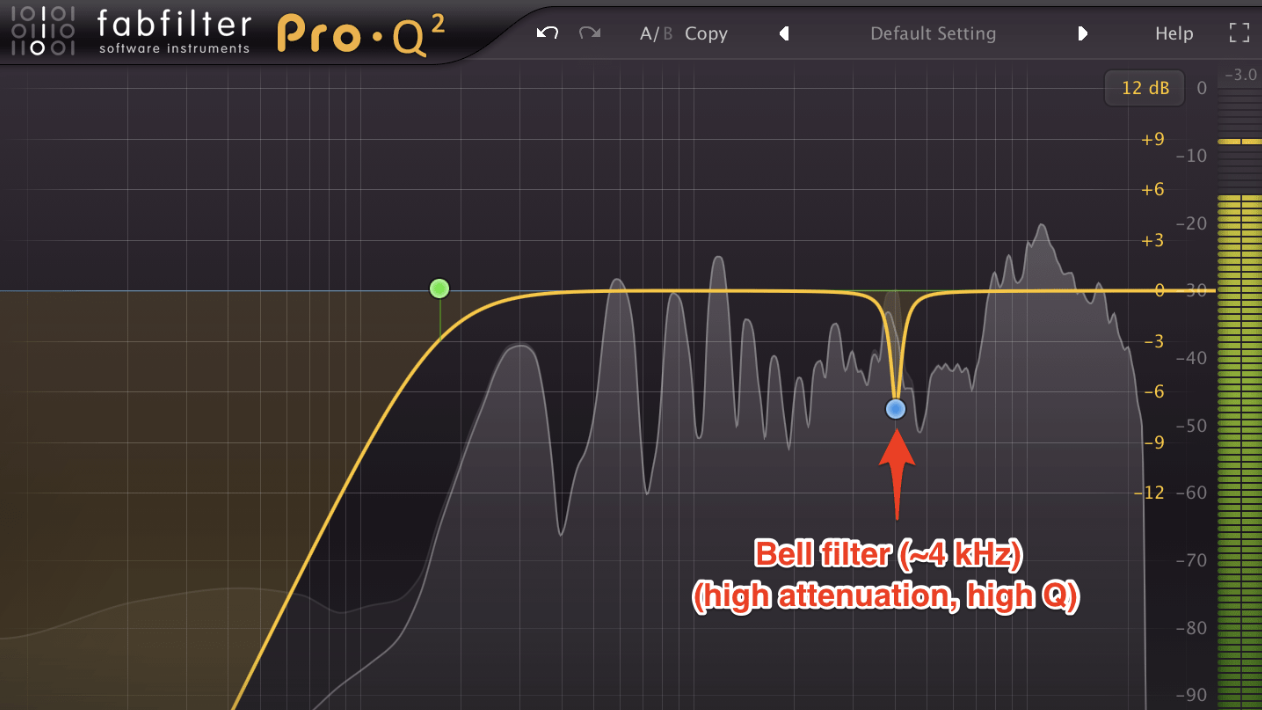Mastering Vocal De-essing: Crafting Smooth and Balanced Vocals
The art of recording and mixing vocals is a delicate dance between capturing the raw emotion and ensuring a polished, professional sound. One fundamental aspect of this process is vocal de-essing, a technique aimed at taming harsh "s" and "sh" sounds (sibilance) that can detract from an otherwise flawless vocal performance.
Understanding Sibilance
Sibilance refers to the exaggerated hissing or harsh sounds produced primarily by the letters "s," "z," "sh," "ch," and "j" in vocals. While these sounds are natural in speech, they can become exaggerated during recording, especially when using high-quality microphones or when the singer's technique emphasizes these sounds.
The Importance of Vocal De-essing
Vocal de-essing plays a pivotal role in achieving a balanced and polished vocal track. When left unattended, sibilance can distract listeners, disrupting the flow of a song and reducing the overall quality of the recording. De-essing aims to address this issue without compromising the natural timbre and character of the vocalist.
Techniques for Vocal De-essing
Dynamic Equalization: Utilizing a dynamic equalizer, you can target specific frequency ranges where sibilance occurs. By compressing or attenuating these frequencies when the harsh sounds are detected, you retain clarity without the excessive sibilance.
De-esser Plugins: Dedicated de-esser plugins are designed specifically for this task. These plugins analyze the audio signal and apply frequency-dependent compression or reduction, effectively controlling sibilance without affecting the rest of the vocal.
Manual Editing: For precise control, manual editing involves identifying and reducing sibilant peaks in the waveform using tools like volume automation or surgical EQ.
Best Practices in Vocal De-essing
Subtlety is Key: Over-de-essing can lead to unnatural-sounding vocals. Aim for a subtle reduction in sibilance to maintain the natural characteristics of the singer's voice.
Use Multiple Techniques: Combining different de-essing techniques can often yield the best results. For instance, applying a de-esser plugin in conjunction with manual editing can provide precise control while maintaining the vocal's integrity.
Prevention during Recording: Encouraging proper mic technique or experimenting with microphone placement can reduce sibilance issues before they become prominent in the recording process.
Advanced Tips for Vocal De-essing
Multiband Compression: Employing multiband compressors allows targeting specific frequency ranges, effectively controlling sibilance without affecting other parts of the vocal spectrum.
Side-chain Processing: Using a side-chain signal from the vocal track to trigger compression on a de-esser can offer nuanced control over sibilance reduction.
Parallel Processing: Apply de-essing on a duplicate vocal track, blending it subtly with the original to maintain clarity while reducing sibilance.
Conclusion
Vocal de-essing stands as a crucial step in the production process, ensuring that vocals remain clear, smooth, and free from distracting sibilance. When executed skillfully and subtly, this technique elevates the overall quality of a recording, allowing the listener to focus on the emotive delivery without being distracted by harsh consonant sounds.
Mastering the art of vocal de-essing requires a delicate balance between technical expertise and an understanding of the singer's unique vocal characteristics. By implementing various techniques and exercising restraint, engineers can sculpt vocals that captivate audiences and enhance the listening experience.






